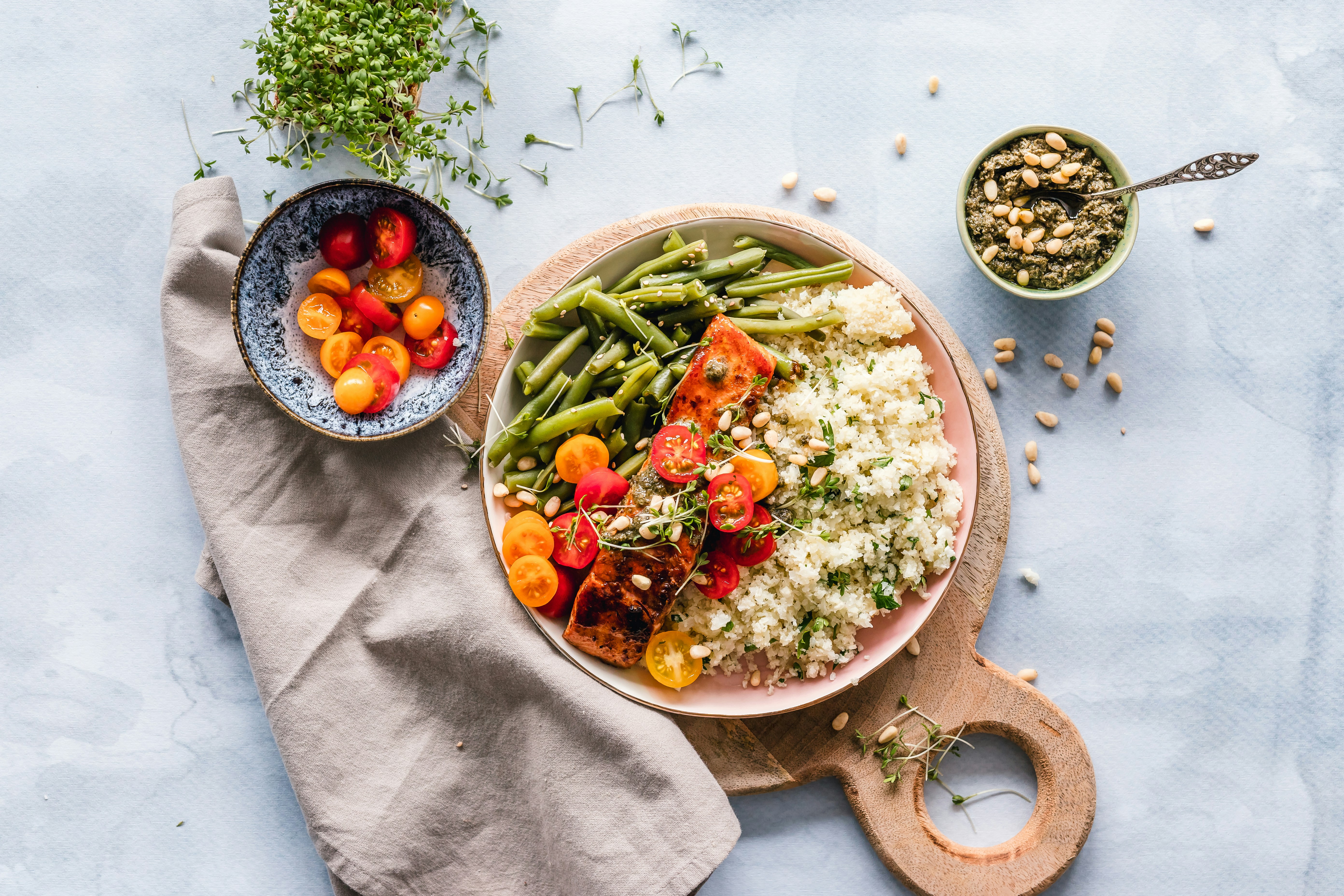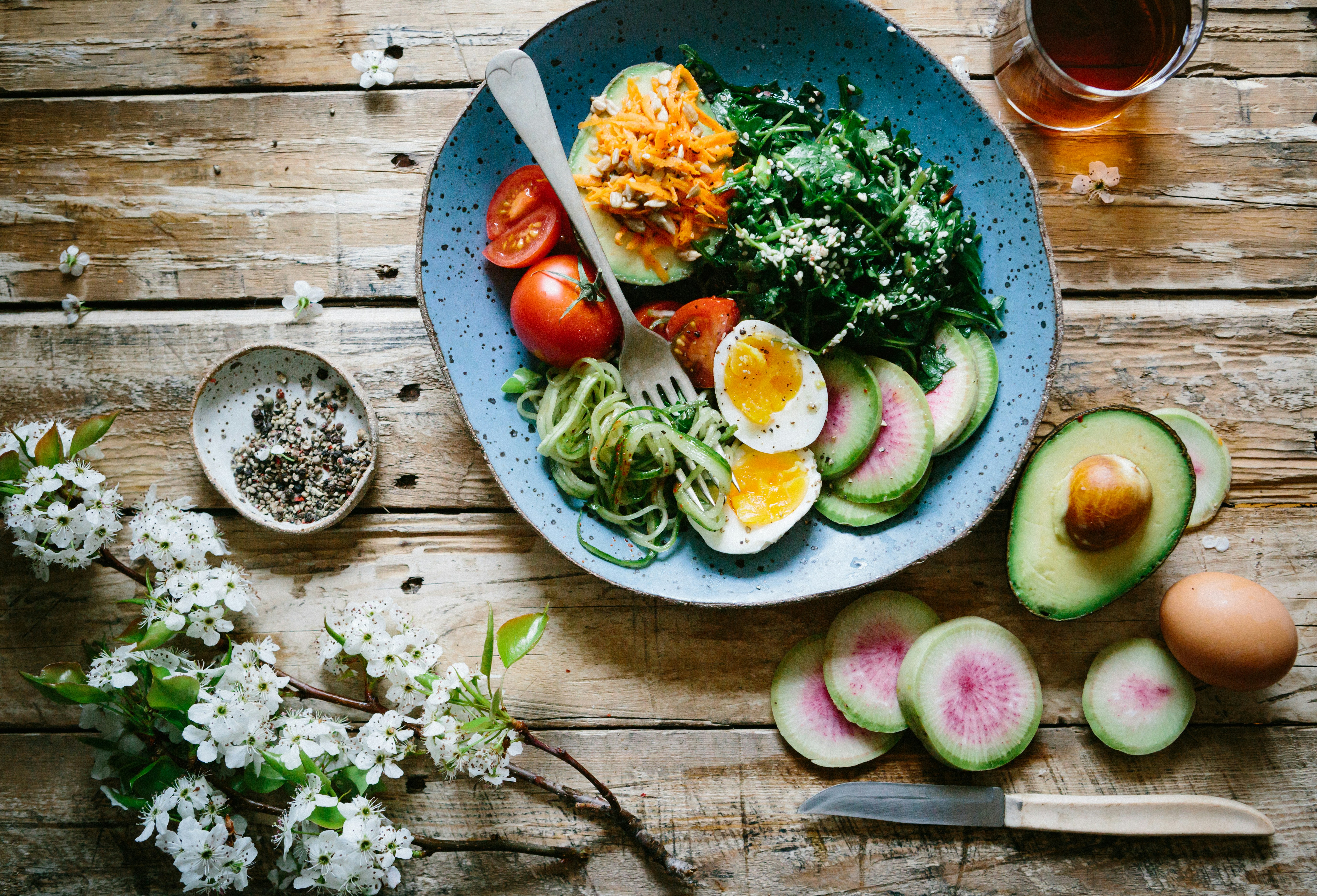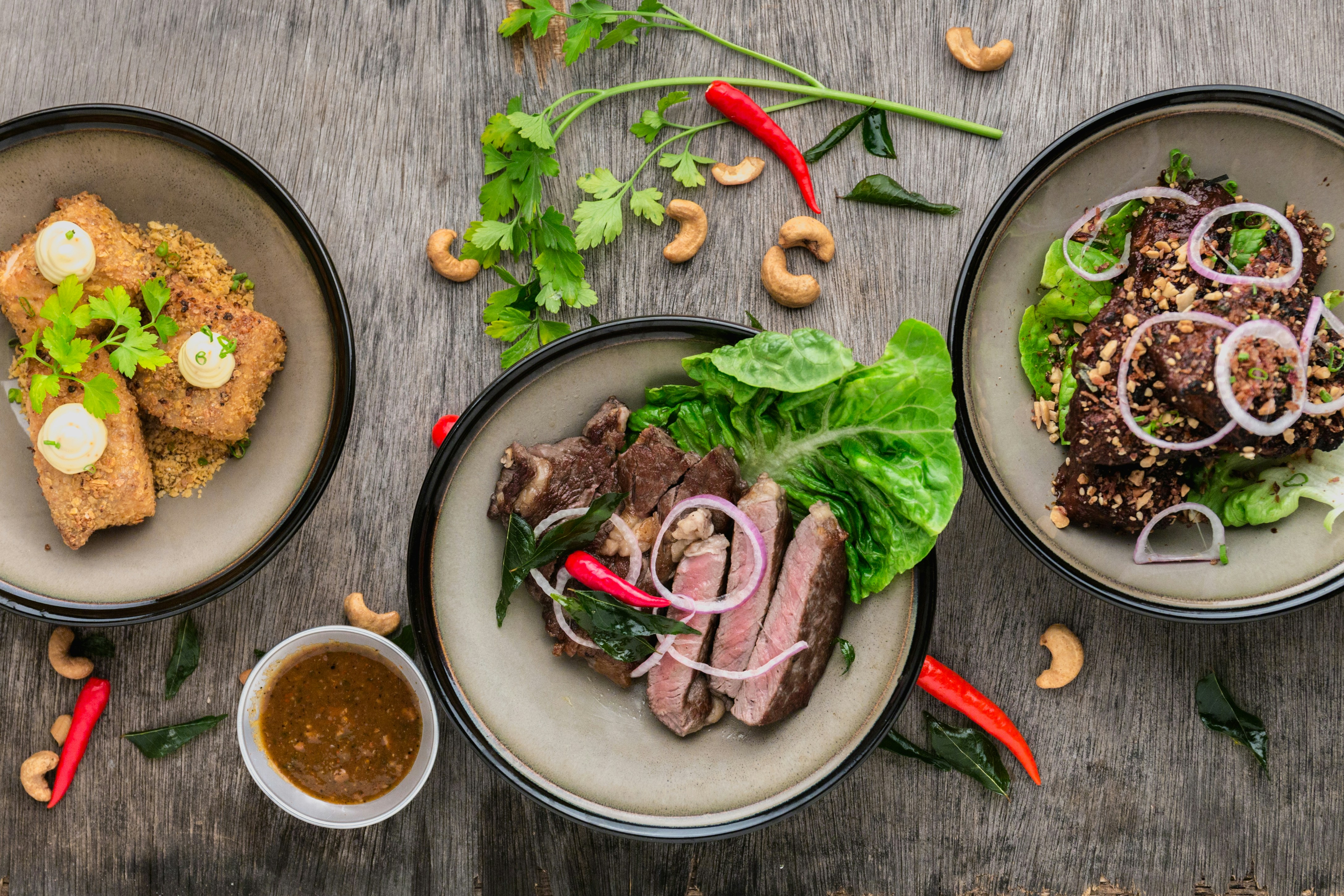Smart Grocery Shopping Strategies
Stretching your budget starts long before you step into the kitchen. According to a 2025 USDA report, college students who plan grocery lists in advance save an average of $42 per month compared to impulse buyers. Here’s how to maximize every dollar:
Prioritize Seasonal and Bulk Purchases
Seasonal produce costs 20–40% less than out-of-season items. For example, apples and squash in fall or berries in summer. Stores like Costco or local co-ops offer bulk discounts on staples like rice, oats, and beans. A 10-pound bag of rice costs roughly $8 and can last a semester!
Leverage Technology for Savings
- Use apps like Too Good To Go to buy surplus food from local stores at 50–70% off.
- Clip digital coupons via Flipp or Honey.
- Join loyalty programs for student-exclusive deals.
“A well-planned list is your best defense against overspending. Stick to it like a syllabus!” — Dr. Lisa Tran, Financial Literacy Educator
Time-Saving Cooking Techniques
A 2025 survey by College Nutrition Journal found that 68% of students abandon meal prep due to time constraints. These strategies streamline the process:
Master Batch Cooking
Spend 2–3 hours on Sundays preparing base ingredients:
- Roast a sheet pan of veggies (carrots, broccoli, bell peppers)
- Cook 3 cups of quinoa (use half for salads, half for stir-fries)
- Grill chicken breasts or bake tofu for protein diversity
Invest in Multipurpose Tools
- Instant Pot: Cooks dried beans in 45 minutes (no soaking!)
- Blender: Whip up $3 smoothies instead of $7 café versions
- Microwave steam bags: Fresh veggies in 4 minutes
Balancing Nutrition on a Student Budget
Eating well doesn’t require expensive superfoods. Registered dietitian Maya Chen notes, “Canned tuna, eggs, and frozen spinach provide the same nutrients as trendy alternatives at a fraction of the cost.”
Affordable Nutrient-Dense Foods
| Food | Cost Per Serving | Key Nutrients |
|---|---|---|
| Lentils | $0.25 | Protein, fiber, iron |
| Bananas | $0.15 | Potassium, vitamin B6 |
| Greek Yogurt | $0.75 | Calcium, probiotics |
Avoid the “Health Halo” Trap
Pre-packaged “organic” snacks cost 3x more but often lack balanced macros. Instead, make your own trail mix with bulk-bin nuts and dried fruit.
Real Student Success Stories
Seeing peers thrive can inspire actionable changes. Let’s explore two cases:
Case Study 1: Maria’s $60/Month Savings
Maria, a UCLA junior, reduced her monthly food bill from $220 to $160 by:
- Swapping deli meats for roasted chickpeas in salads
- Using PlanToEat to repurpose leftovers into new meals
- Hosting weekly potlucks with friends to split costs
Case Study 2: James’ 4.0 GPA Fuel
James, a pre-med student, credits his academic success to meal prepping:
- Breakfast: Overnight oats with peanut butter (15g protein)
- Lunch: Grain bowls with microwaved sweet potatoes
- Snacks: Hard-boiled eggs and apple slices
“I stopped crashing at 3 PM. My brain actually stays awake through lectures now,” he says.
Sustainable and Budget-Friendly Practices
Eco-conscious habits save money and reduce waste. The UN Environment Programme reports that households waste 11% of purchased food annually—a $1,300 loss per student.
Zero-Waste Swaps
- Reusable silicone bags: Replace single-use plastic for snacks
- Compost bins: Turn scraps into garden fertilizer (many campuses offer free bins)
- Buy “ugly” produce: Discounted misshapen veggies taste the same!
Your Meal Prep Action Plan
Ready to start? Follow this 7-day roadmap:
- Day 1: Inventory pantry items and make a shopping list
- Day 2: Shop during student discount hours (many stores offer 10% off on Wednesdays)
- Day 3: Prep 3 base proteins and 2 grains
- Day 4–7: Mix and match components into meals (e.g., stir-fries, wraps, salads)
“Consistency beats perfection. Even prepping 5 meals a week builds lifelong habits.” — Chef Ryan Lee, Campus Kitchen Coordinator
Final Thoughts
Meal prepping as a student isn’t about gourmet creations—it’s about working smarter, not harder. With these strategies, you’ll save money, eat healthier, and gain back precious time for studying (or Netflix!). For more inspiration, explore our Budget Bytes recipe hub or follow #CollegeMealPrep on TikTok.




